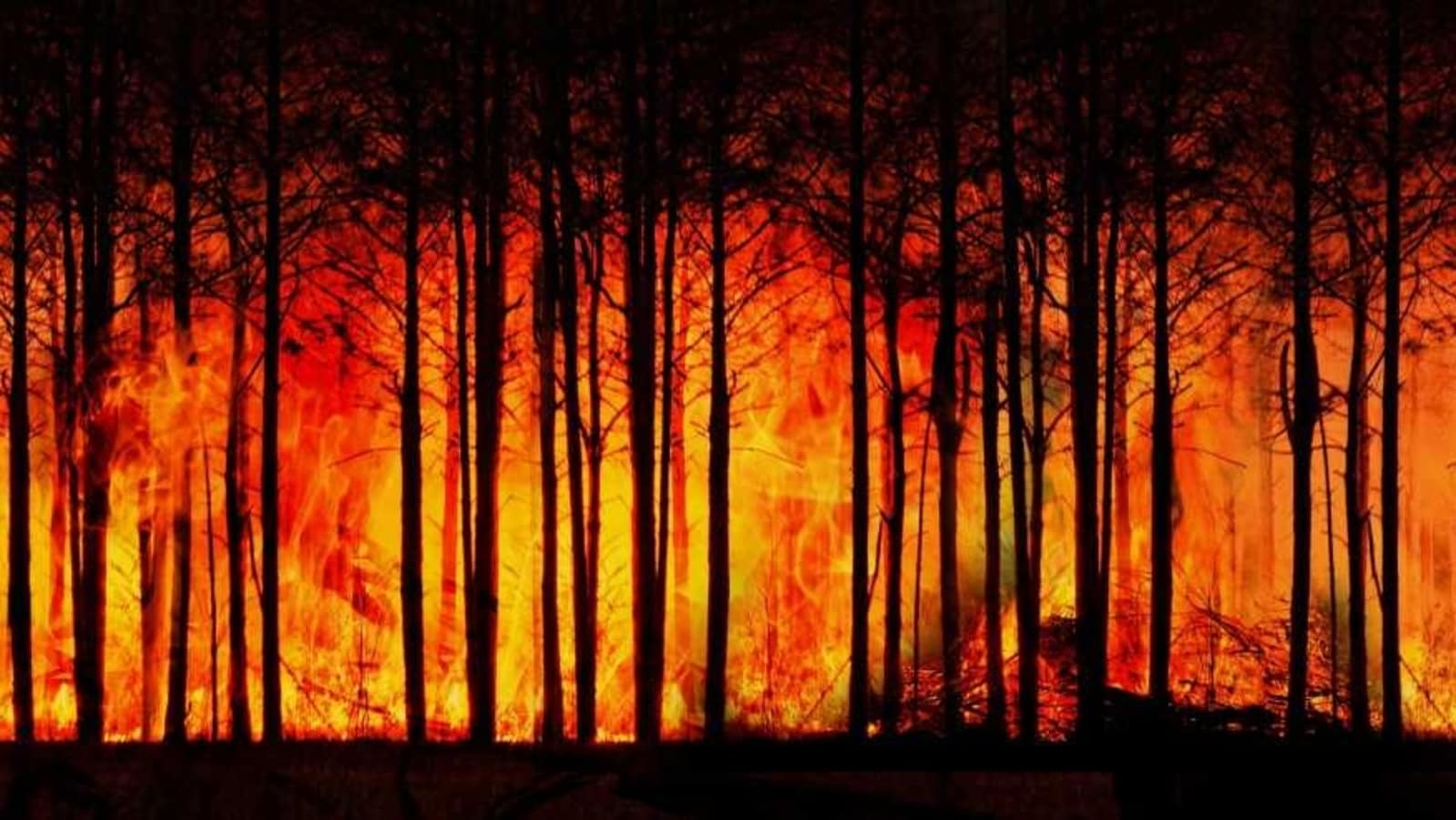Forget Carrington event, this is the WORST solar storm in history; it can strike again!
Carrington event might be the worst ‘recorded’ solar storm in history, but the Earth has suffered far worse. Know the worst solar storm in history that tech has unearthed. There is a possibility such a solar storm can strike again.






 View all Images
View all ImagesWhen it comes to the worst ‘recorded' solar storms in history, the first to come to mind is the solar storm of 1859, which is also known as the Carrington event. It was so powerful that it caused sparks and fires in telegraph machines and caused power grid failures. But, it is far from the worst solar storms that our planet has experienced. Many astronomers and geologists have found evidence that suggests in 774 CE, a solar storm hit the Earth and it was so powerful that it started forest fires. The terrifying incident is known as the Miyake event. Although scientists have not been able to prove whether it was caused by a solar storm beyond doubt, a study has found more conclusive evidence in support of it.
The data comes from a study published in Nature Journal where a group of Japanese researchers analyzed tree ring data to find out about the existence of this solar storm. According to it, this particular solar event took place between 774–775 CE. It is estimated that its intensity was 10 times higher than the Carrington event. The evidence was found in Cedar trees in Japan which all show a huge spike in carbon-14. What is truly terrifying is that the researchers found that it was not an isolated event and such storms have regularly plagued the Earth with a gap of roughly 1000 years.
The worst solar storm in history found within tree rings
For years, researchers have turned to technology to research tree rings in order to determine the age of major historic events. This is done by checking the content of tree rings and noting any peculiarities. But while a spike in radiocarbon would indicate a cosmic event, it does not necessarily have to be a solar storm. It could have been a supernova explosion as well. This is where another study conducted by a team of researchers led by mathematician Qingyuan Zhang of the University of Queensland, reports Science Alert. “We modeled the global carbon cycle to reconstruct the process over a 10,000-year period, to gain insight into the scale and nature of the Miyake events,” explains Zhang.
However, much is still unknown. For instance, some of these solar storm events persisted for years, whereas others existed for a concise duration. No correlation with Sun activity was found either.
However, the data is enough to reveal that since 774 CE, we have not seen a solar storm like this. If a storm like this were to hit us now, it would cause what the scientific world calls an ‘internet apocalypse' and destroy every bit of wireless technology we have including mobile networks, GPS, radio communication systems and the internet. It can even destroy power grids, Earth-based computers and cause flash fires in forests. “Based on available data, there's roughly a one percent chance of seeing another one within the next decade,” astrophysicist Benjamin Pope, part of the team, revealed.
Catch all the Latest Tech News, Mobile News, Laptop News, Gaming news, Wearables News , How To News, also keep up with us on Whatsapp channel,Twitter, Facebook, Google News, and Instagram. For our latest videos, subscribe to our YouTube channel.





























